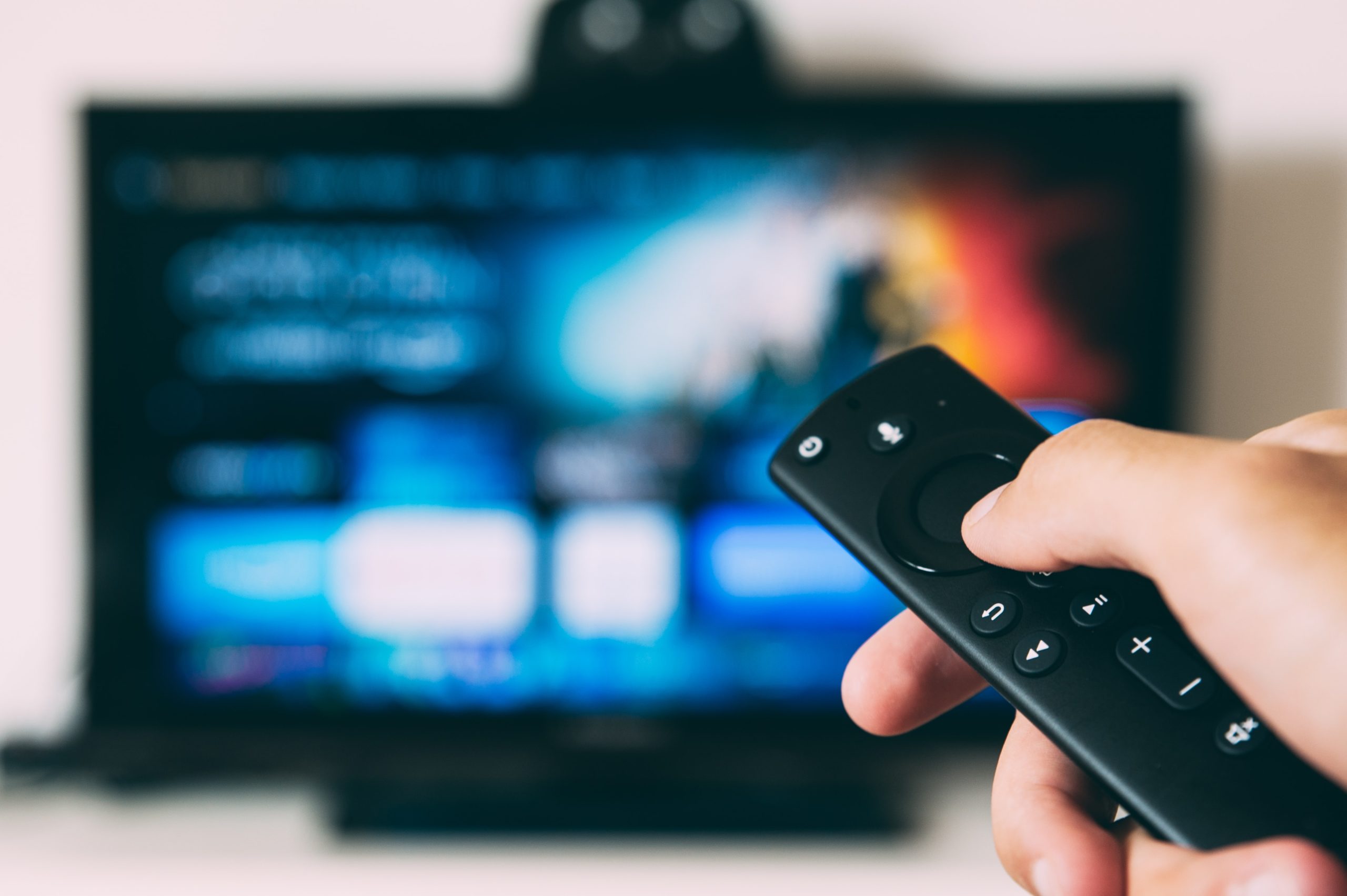After weeks of binging reality dating shows on Netflix, it was no surprise to me when “Indian Matchmaking” (2020) popped up in my recommended. As a product of Indian matchmaking myself, I had to see what the show was all about.
“Indian Matchmaking” follows the various clients of matchmaker Sima Taparia, or “Sima from Mumbai” as she frequently refers to herself, in their journeys to find life partners. Each episode opens with an already married couple speaking about the love and happiness they have found: a testament to the success of arranged marriages. Then the clients are introduced and the matchmaking begins.
After a brief conversation with the clients about their likes and dislikes, humorously noted in graphics on the screen, Taparia looks for matches that would be compatible with the clients. She returns with biodatas, comprehensive descriptions of potential matches and sends her clients out on dates.
“Indian Matchmaking” was very successful in providing a diverse group of clients. They came from different religious, ethnic and social backgrounds within the Indian community, and Taparia was able to modify her methods to find potential matches for all of them. Each of the clients also had strong personalities which made them very compelling to the viewer. They each described incredibly personal aspects of their lives like their upbringings and experiences with past relationships, and the more they were on screen, the more I felt like I knew them personally. I found myself cheering for a shy college counsellor and rolling my eyes at a client that didn’t seem to want to get married at all.
But even as I enjoyed the show and fully immersed myself in the lives of the clients, something felt off. Matchmaking is an incredibly common practice among Indian families, and I applaud the show’s efforts to draw more attention to such a quintessential element of Indian culture, but I found that the show ended up drawing heavily on stereotypes and standards for “perfect” matches.
In determining potential matches for her clients, Taparia mentioned that women who were less “beautiful” would have fewer matches, that men would prefer a more accommodating wife, that men should be wealthy to attract more matches. Both the Indian caste system, an ancient system of classifying people into social categories, and the near-obsession with skin color played into the standards for a good match. Upper caste, fair-skinned clients were valued. Opinionated women were scorned in favor of those that were docile and “emotionally giving.” Even if these were not necessarily the values of the clients, by just looking for a match, these standards were automatically applied to them. Their value as a husband or wife was determined by their adherence to these values whether they subscribed to them or not.
Beyond these toxic standards, I found myself disappointed by the show in the way that it ended. Few clients found their matches by the end of the season, and others disappeared entirely, mentioned only in the early episodes, never to turn up again. I felt as if none of the storylines were truly resolved. For the clients that virtually disappeared, we never found out whether they ended up finding a match or continuing with the matchmaking process at all. Even for the ones that remained, their stories ended on the brink of crucial moments in their relationships with no conclusion. I couldn’t tell whether the matchmaking methods of the show were effective because so much of the clients’ stories were left out.
“Indian Matchmaking” had all the makings for a good show — an interesting subject, dynamic participants — but ultimately fell short by relying on toxic stereotypes and failing to provide resolutions for the clients I had grown to know and love.
Contact Prithi Srinivasan at 22psrinivasan ‘at’ pinewood.edu.
